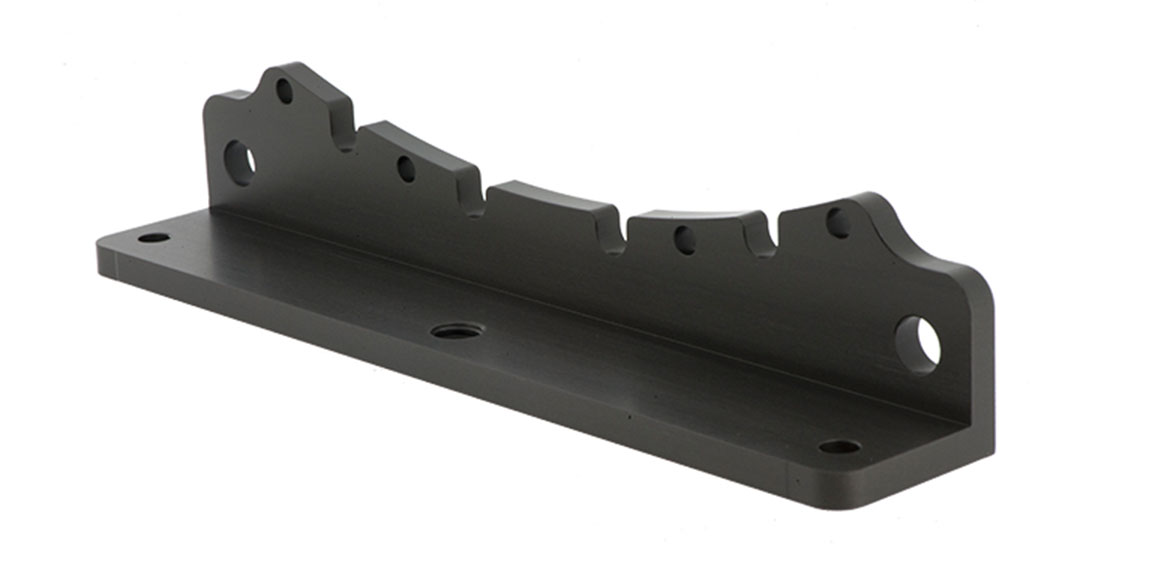Strong As Hardened Steel

Hard coat (Uniform anodic coatings)
Hardcoat or hard anodizing (Type III) is similar to standard anodizing, (Type II) in as much as it also creates a film of aluminum oxide on the part. This oxide layer acts as an insulator and can be dyed in a wide variety of colors. It is produced at colder temperatures and provides a surface that is harder, smoother, and more wear and corrosion resistant than standard anodizing – its hardness rating is 65 to 70 Rockwell C, 850 to 900 DPH, second only to diamonds.
Coating Thickness
Hardcoat anodizing may be provided in thicknesses ranging from 0.5 mils to 2.0 mils, depending on the alloy and the application. Like coatings, hardcoat anodizing changes the dimensions of the basic part; although, unlike plating, only half of the hardcoat is buildup (the other half is penetration).
Hardcoat finishes typically have a darker appearance than standard anodizing.
Benefits of Hardcoat Anodizing:
- Unmatched wear properties
- Electrically resistant
- Resistant to marine and atmospheric corrosion
- Compatible with adhesives
- Can achieve very tight tolerances.
- Heat dissipation
The specific properties of the anodic oxide will be dependent upon the specific alloy being treated and the process parameters being applied.
We Offer
Hard “clear:” Anodize (Type III, Class I)
Hard Black Anodize (Type III Class 2)
Hard (any color) Anodize (Type III Class 2)
About the Process
Hardcoating is accomplished by immersing the partsinto an electrolyte solution. The aluminum oxide that is formed on the surface is uniform, denser, and much harder than natural oxidation with a Rockwell C-scale rating of 65-70. The hardcoat penetrates the base metal as much as it builds up on the surface becoming an integral part of the aluminum strengthening and extending the working life of your parts.
